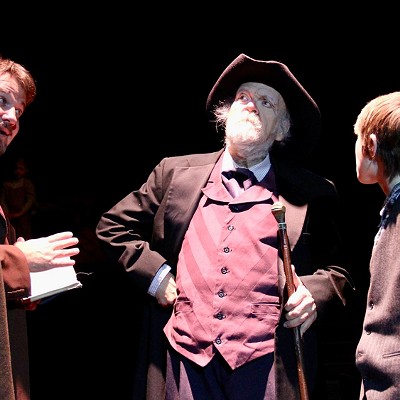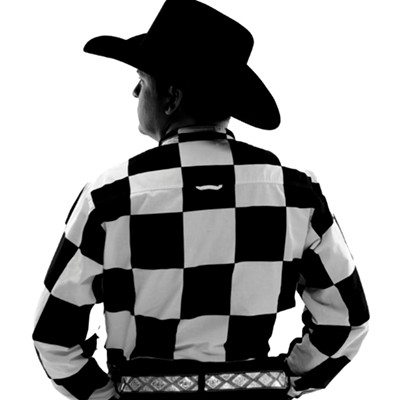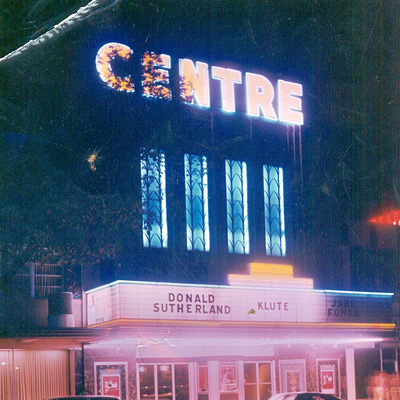It’s your best bet to glimpse the off-limits, 1,300-feet Chauvet caves in Southern France, which Herzog explores with a small group of scientists, primarily to witness its walls’ drawings, more than twice as old as any painting in existence.
As Herzog calls it, it’s “one of the greatest discoveries in the history of human culture,” not to mention “a frozen flesh of a moment in time.” He really sells it, and who are we to argue? We’re not there, and I’m not about to question a man who once ate a boiled shoe and nearly fire-bombed the home of actor Klaus Kinski.
With a score that suggests Philip Glass’ “Koyaanisqatsi” under the influence of Tylenol PM, Herzog and company find among bear prints and calcite crystals what have to be mankind’s first pornographic images, including a minotaur mounting a naked woman.
If that sounds weird, just wait: Herzog references “Baywatch,” works in footage of Fred Astaire, and also says cryptically to an archaeologist, “It is like you are creating the phone directory of Manhattan, with 4 million precise entries, but do they dream, do they cry at night? What are their hopes? What are their families? You will never know from the phone directory.”
“Cave” proceeds into talk of perfumes and flutes, and demonstrations of the Paleolithic people: “I will now try to show you how to kill a horse.”
This isn’t your average nature doc; from an iconoclast like Herzog, we’d expect nothing less. —Rod Lott











